Understanding why customers buy is just as important as what you’re selling. People don’t always make logical buying decisions, they’re driven by emotion, habit, and subconscious triggers that influence their purchases. If you know how to use these psychological factors in your pricing, branding, and marketing, you can sell more without feeling salesy. Here’s how to tap into buying psychology to grow your business.
1. People Buy Based on Emotion, Then Justify With Logic
💡 Customers don’t buy products, they buy how those products make them feel.
✅ Create an emotional connection – Whether it’s humor, nostalgia, or excitement, customers are drawn to products that trigger a feeling. ✅ Use storytelling in your marketing – Share the meaning behind your brand or product. Example: I market Page’s Peaches as “Disappointing Grandma with every sticker, pill case, and stash tin,” which instantly tells my audience who I am and makes them laugh. ✅ Showcase lifestyle, not just products – Instead of just posting a product photo, show it in action. Example: Instead of just showing a tote bag, show someone carrying it at a market, making it feel like a must-have.
💡 Stat: 95% of purchasing decisions are subconscious, driven by emotions rather than logic. (Source)
2. The Power of Scarcity & FOMO (Fear of Missing Out)
💡 People want what they think they can’t have. Scarcity creates urgency and drives action.
✅ Use limited-edition products – Example: My limited ArtVend colors sell fast because customers know they won’t be available forever. ✅ Set a deadline for discounts or pre-orders – Example: “Only available for 48 hours!” makes customers act fast. ✅ Low-stock alerts work – Example: “Only 3 left!” triggers urgency.
💡 Stat: 60% of people make purchases because of FOMO. Scarcity increases desire! (Source)
🔗 How FOMO influences buying behavior
3. People Want to Feel Like They’re Getting a Deal
💡 Customers don’t necessarily want the cheapest option, they want the best perceived value.
✅ Use anchor pricing – Show a higher price first, then the discounted price, so it looks like a steal. ✅ Bundle products to make them feel like a bargain – Example: My 4 for $10 sticker deal converts almost every time. ✅ Offer a “freebie” instead of a discount – Example: “Spend $35 and get a free tote bag!” feels more valuable than just knocking off a few dollars.
💡 Stat: Customers spend 67% more when they believe they’re getting an exclusive deal. (Source)
🔗 Why discounts work in consumer psychology
4. Social Proof: People Trust What Others Buy
💡 Customers want reassurance that they’re making the right choice. Seeing other people buy and love your product makes them more likely to purchase.
✅ Showcase customer reviews & testimonials – Example: If someone raves about your cigarette cases, highlight it in a post or on your website. ✅ Display best sellers prominently – If something is your top seller, make sure people know! Example: “Our #1 best-selling enamel pin!” ✅ Use social media engagement as proof – High likes, comments, and shares signal that your brand is popular and trusted.
💡 Stat: 92% of consumers trust recommendations from other people over branded content. (Source)
🔗 How social proof influences buying decisions
5. The Decoy Effect: Guide Customers Toward What You Want Them to Buy
💡 The way you structure pricing can push customers toward a specific option.
✅ Offer three pricing tiers – One that’s too expensive, one that’s a great deal, and one that’s in the middle. ✅ Make the middle option the most attractive – This is what most people will choose! ✅ Example: A small $5 mystery spin, a $15 premium mystery spin, and a $25 deluxe spin. Most people will go for the $15 one because it feels like the best deal.
6. People Love Personalization & Connection
💡 Customers don’t just buy products, they buy from people they feel connected to.
✅ Make your brand’s personality clear – Example: My brand voice is sassy, adult, and queer AF, and my customers love that it feels authentic. ✅ Use handwritten thank-you notes or personalized emails – Small details make a big difference. ✅ Let customers be part of the process – Example: I poll my audience when designing new products to make them feel included.
💡 Stat: 80% of customers are more likely to buy from brands that offer a personalized experience. (Source)
🔗 Why personalization boosts sales
Final Thoughts: Make Buying Feel Easy & Exciting
📌 Tap into emotions – Create products that trigger excitement, humor, or nostalgia.
📌 Use FOMO to drive urgency – Limited stock and pre-order deadlines increase sales.
📌 Make customers feel like they’re getting a deal – Bundles, freebies, and smart pricing work wonders.
📌 Leverage social proof – Reviews, testimonials, and best-seller labels build trust.
📌 Personalization makes people loyal – Make your brand feel like a friend, not just a business.
🚀 Want more sales tips? Sign up for my email list for exclusive insights into selling smarter and making more money at markets & online!
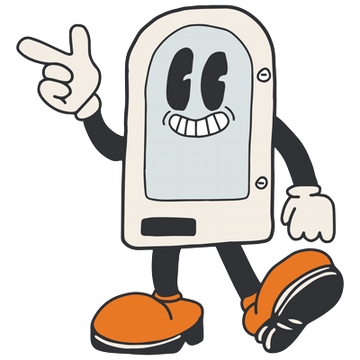
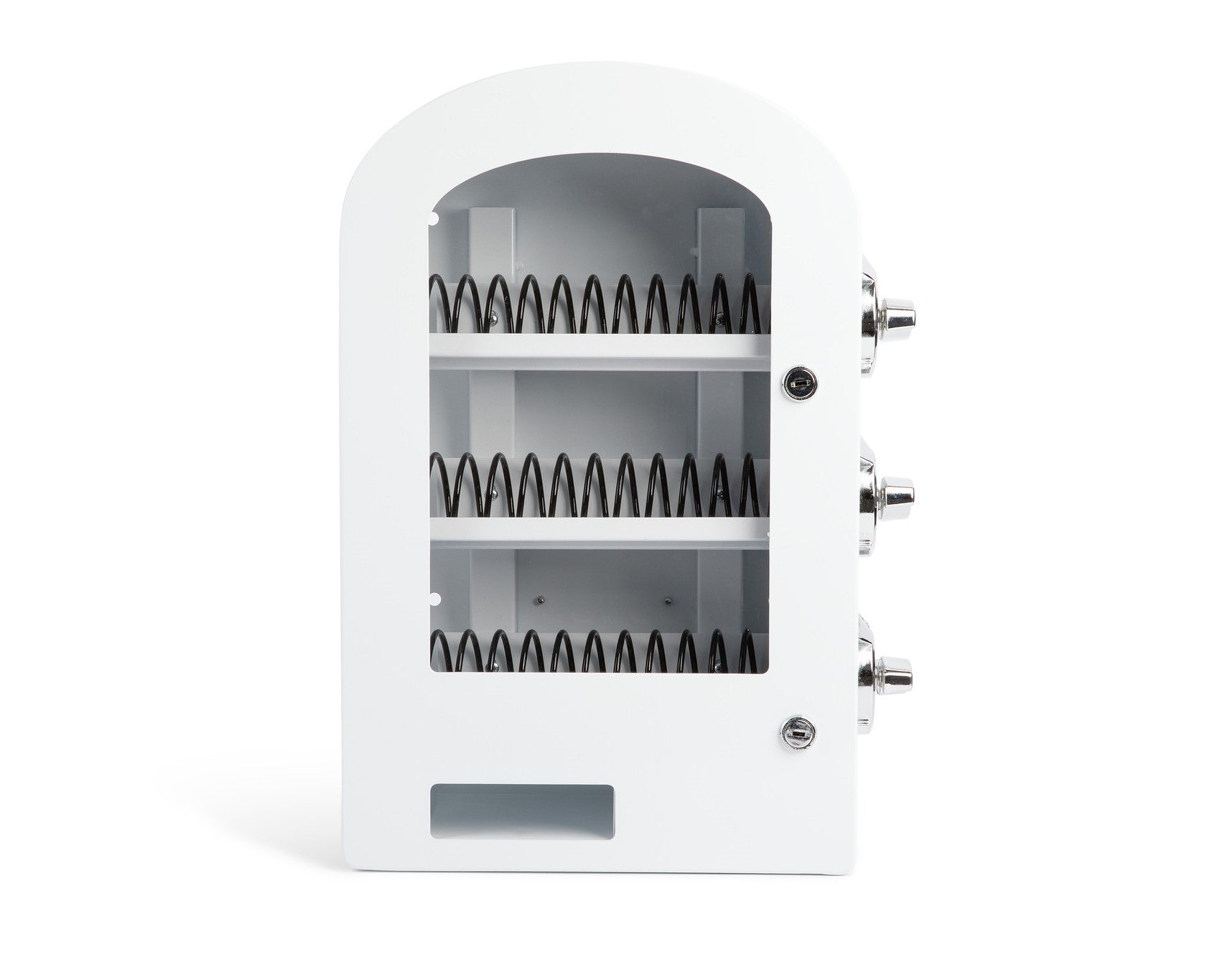
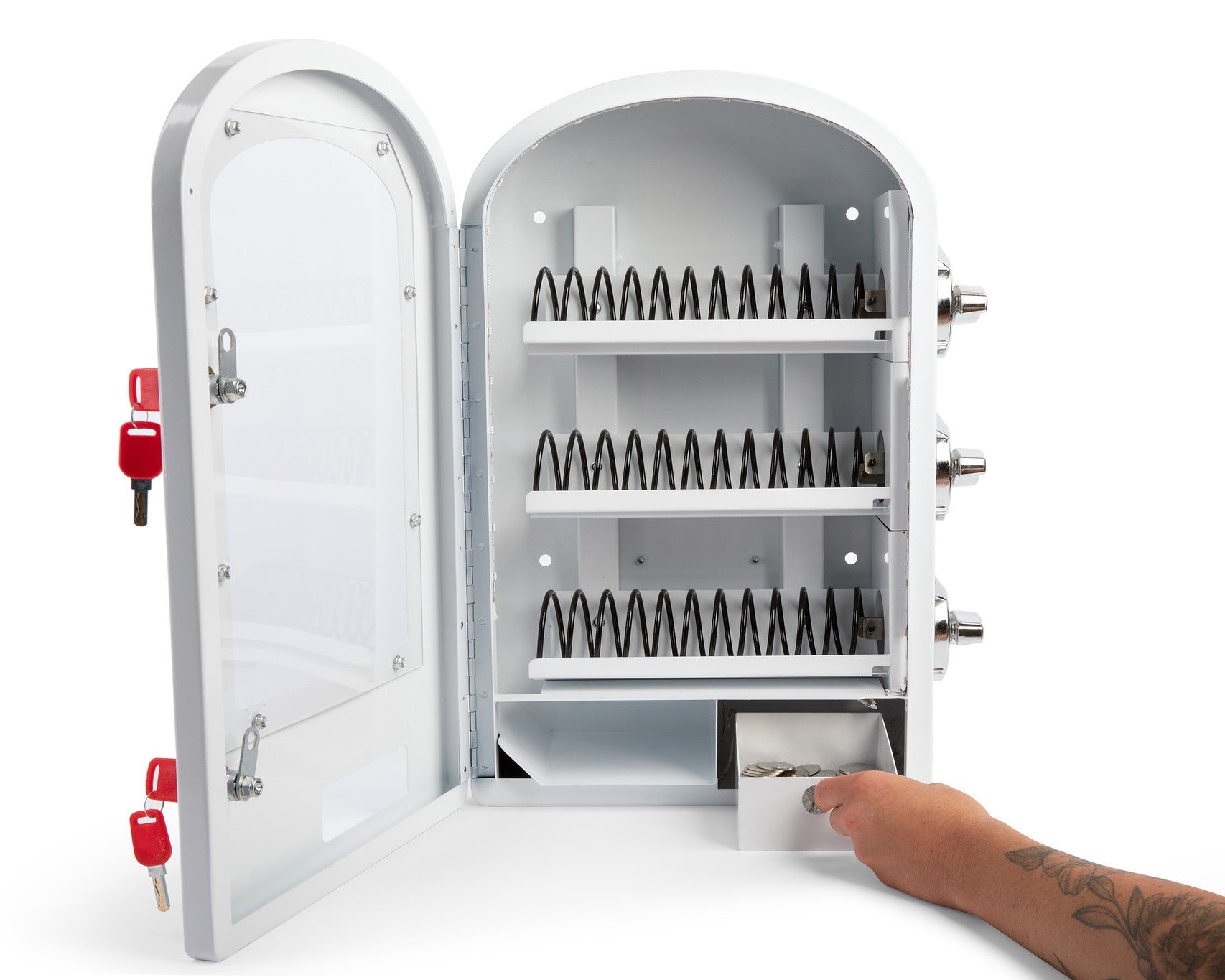
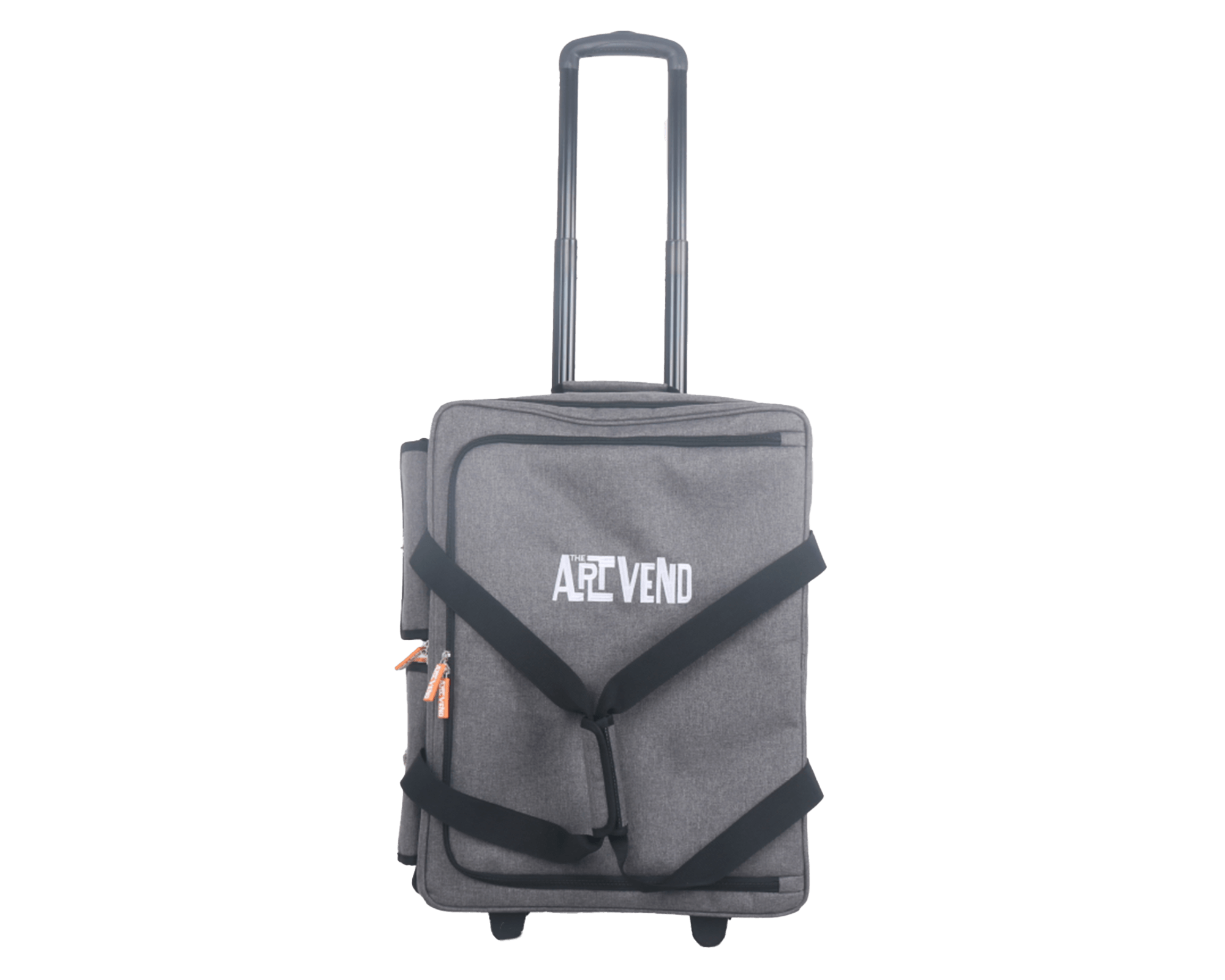
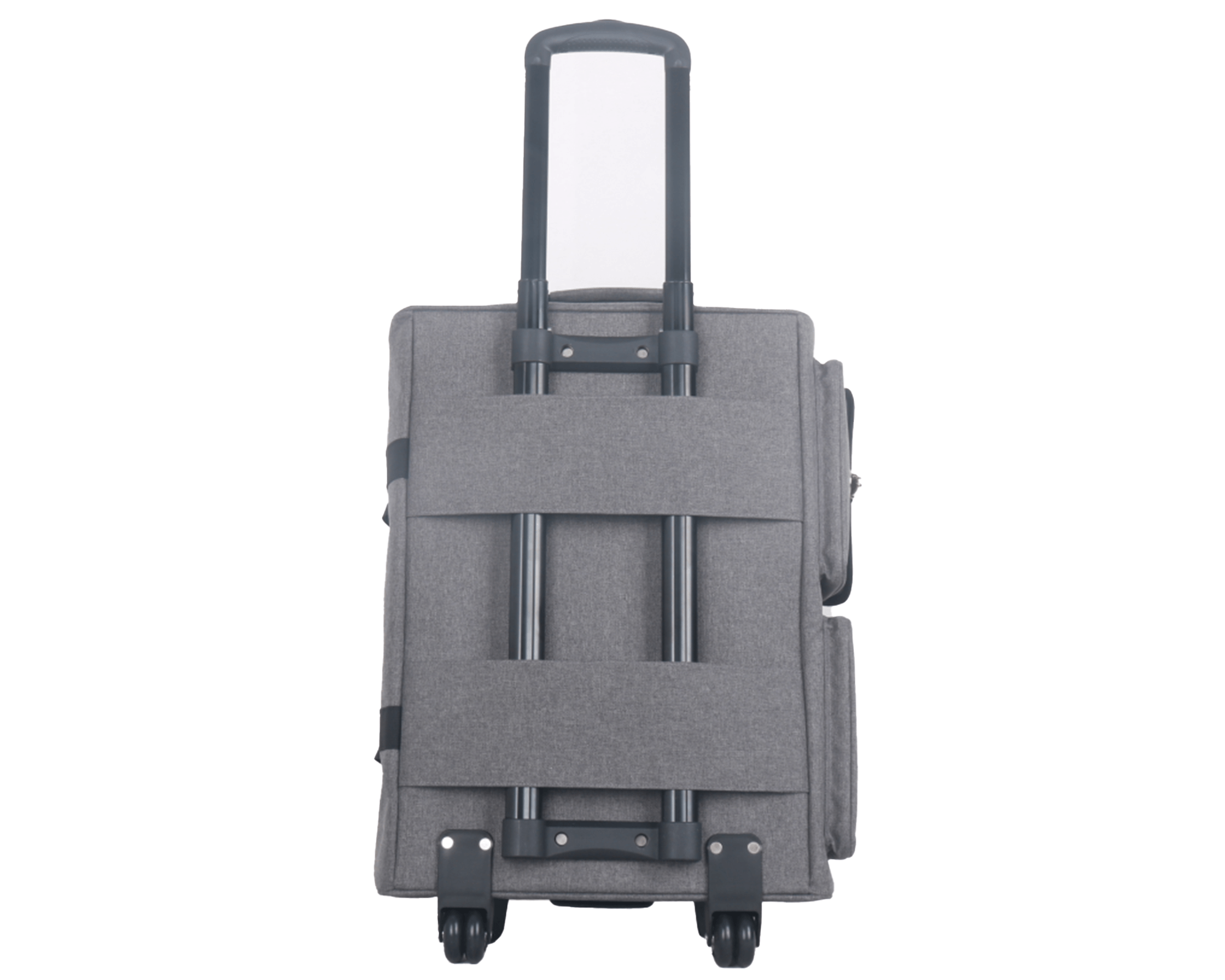
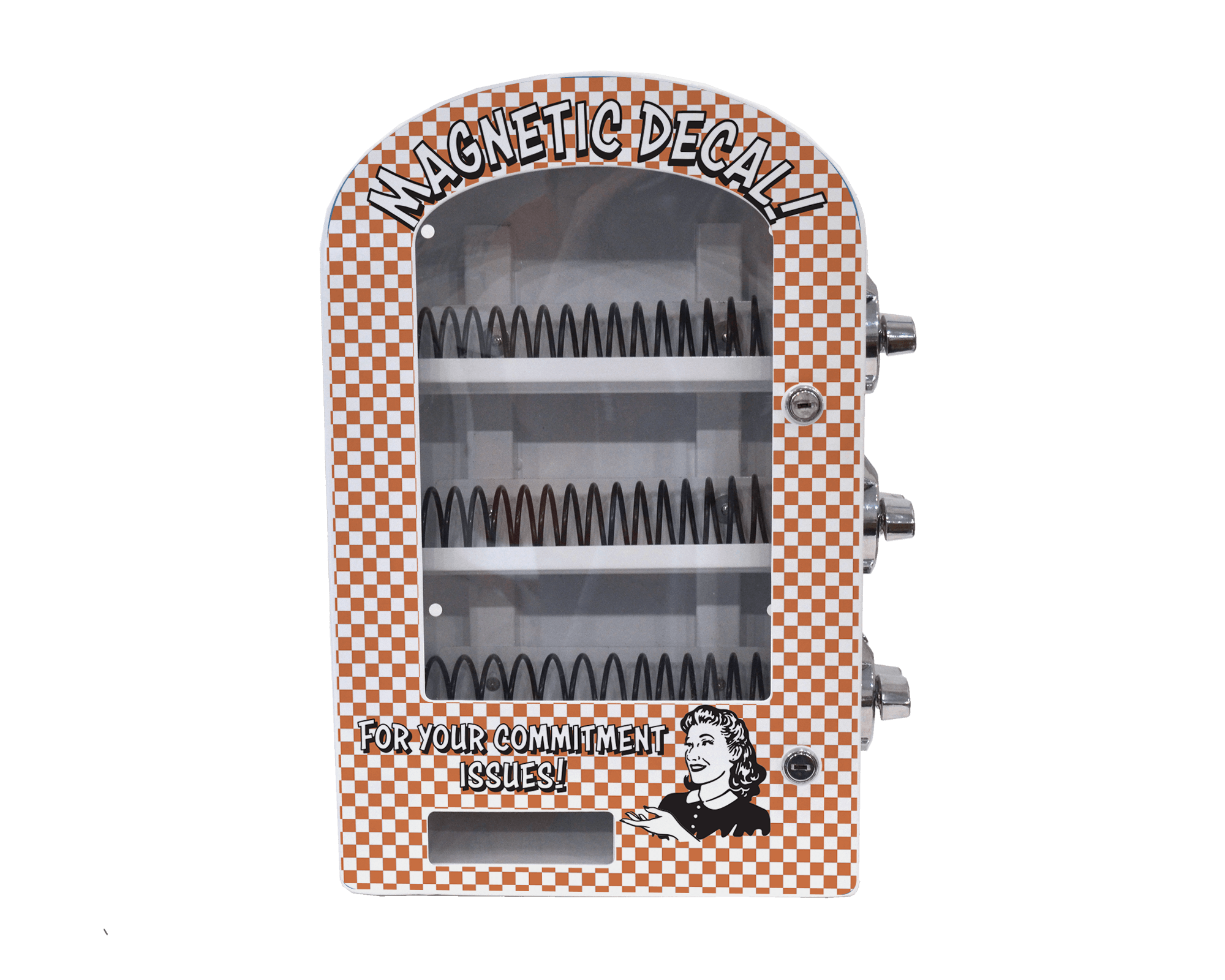
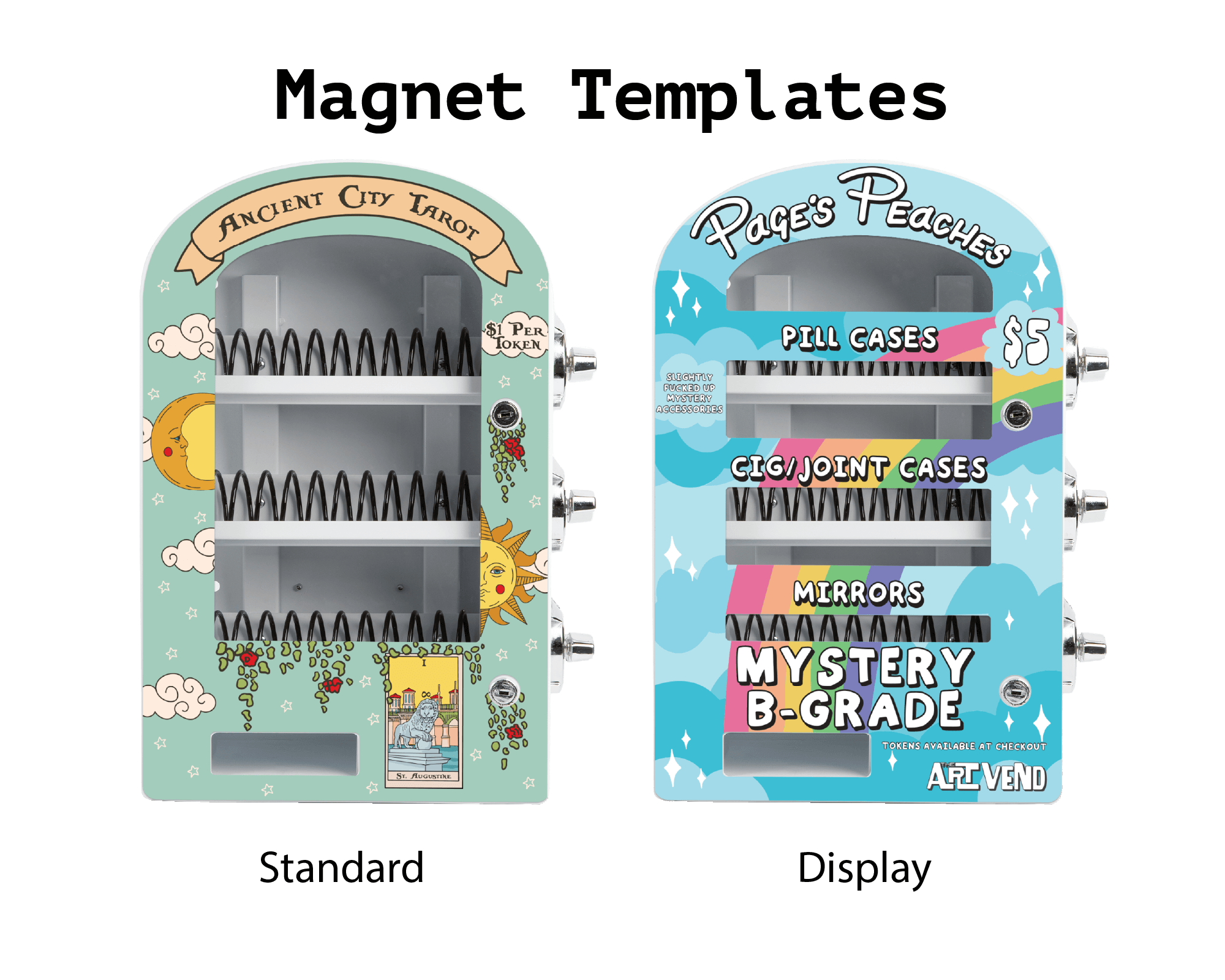
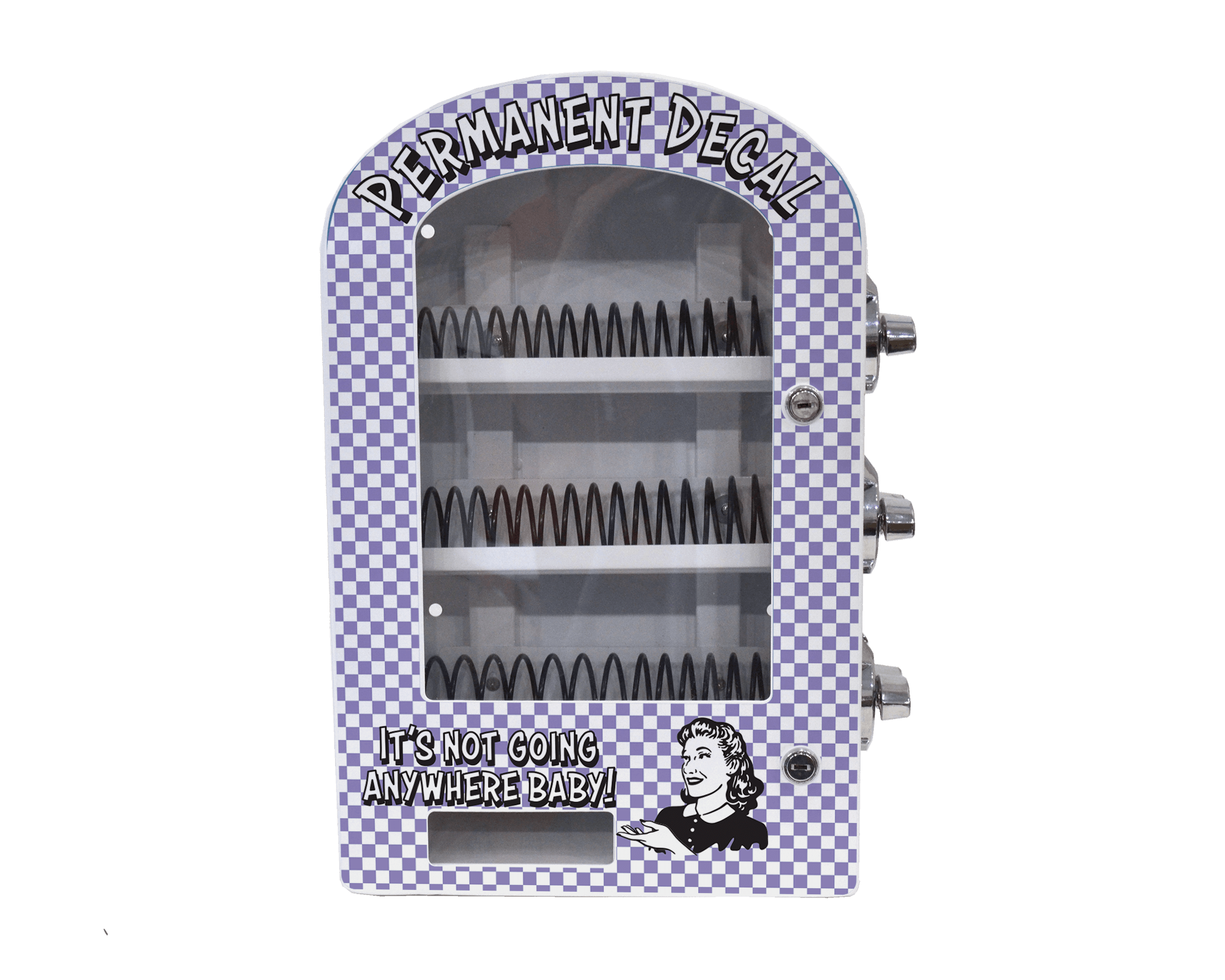

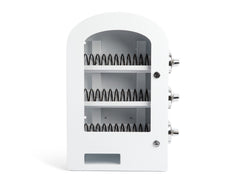

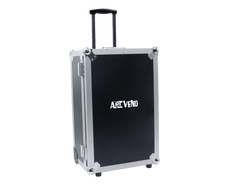
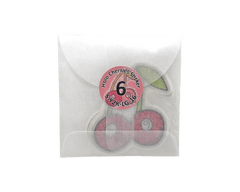
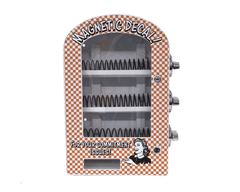
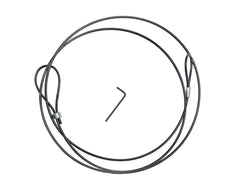
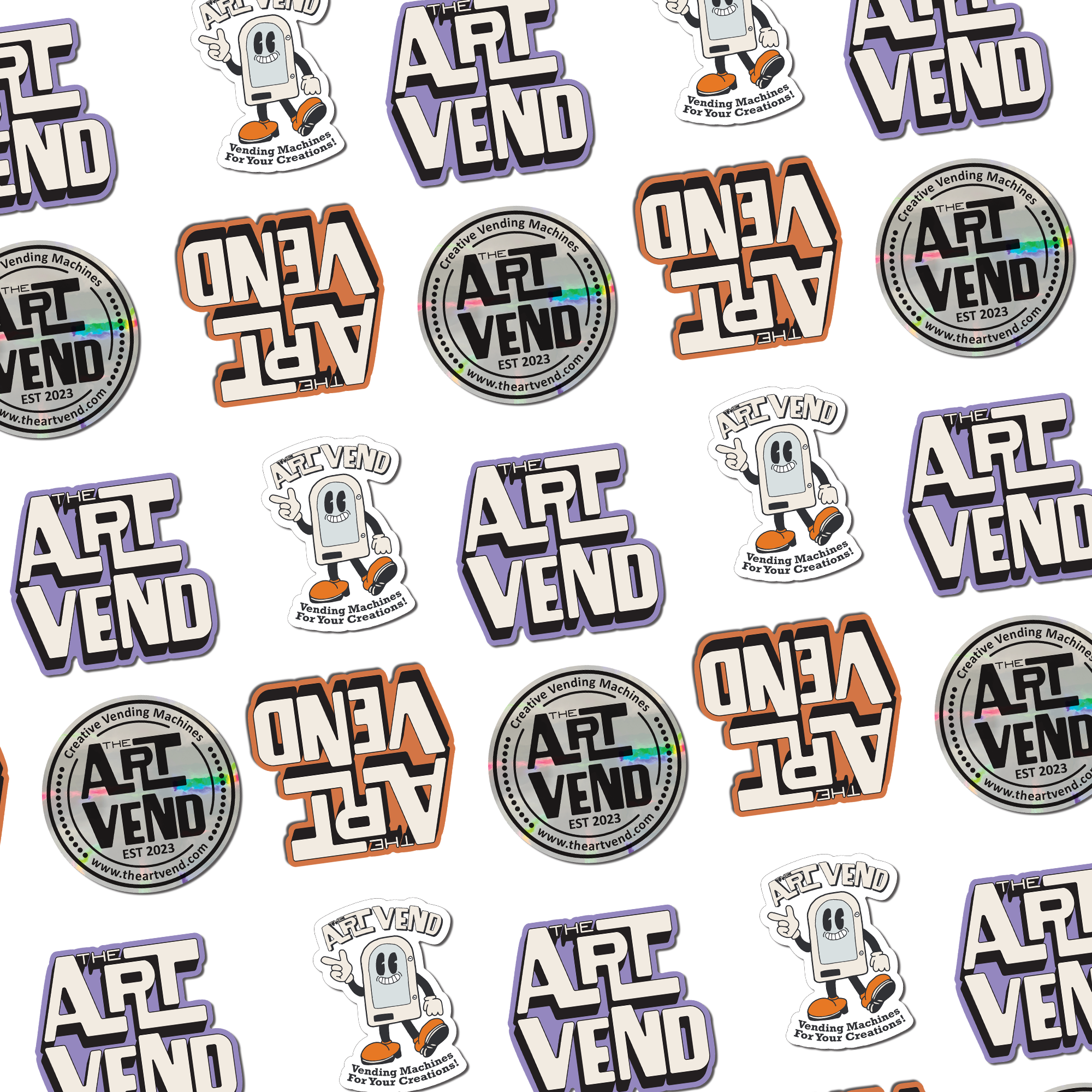
Leave a comment